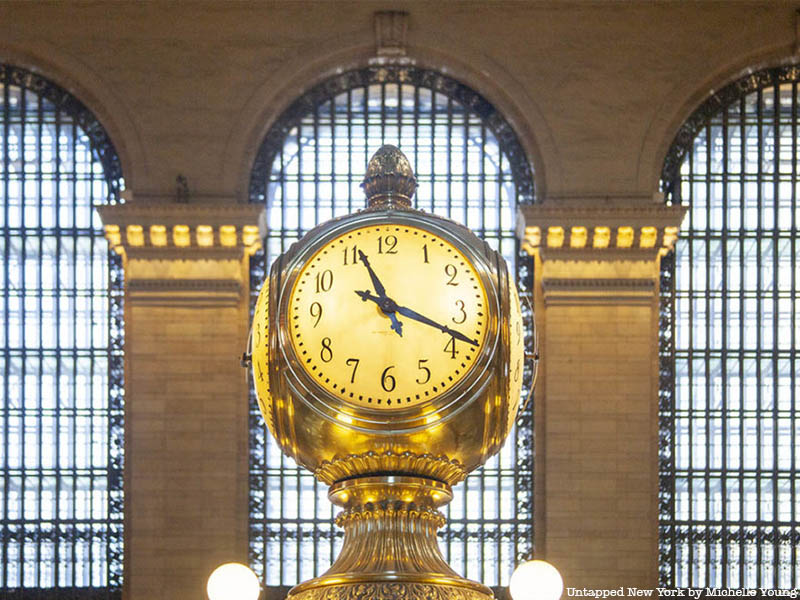
As one of New York City’s most beloved landmarks, Grand Central Terminal has a storied history known throughout the world. Opened on February 2, 1913 as a replacement for Cornelius Vanderbilt’s Grand Central Station, the terminal quickly became a hub for transportation. Today, Grand Central boasts a slew of restaurants and retail stores intended to serve public and private interests for tourists and residents alike.
Over the years, Grand Central Terminal has stood as a centerpiece in the Tri-State Area. However, not all of the common knowledge about the edifice is true. From the phrase “meet me at the clock/under the clock” not originating from the terminal’s clock to the terminal’s sub-basement not having been a target of Nazi Germany during World War II, Grand Central’s legacy is tainted with stories brewing in misinformation. Untapped New York has been steadily debunking these myths for years, and we have now compiled the many myths for you in this one fun read.
To experience the origins of the myths in person, join Untapped New York for a tour of Grand Central. On this unique walking tour you will discover the history of the Beaux Arts train station, from its glittering glory days to disrepair and modern quests to save it. Our top rated tour guides will make you experience what most miss: its hidden features, design quirks, and more. Read on to learn more about the truth of Grand Central’s greatest myths.
1. Grand Central Terminal’s clock is worth $20 million due to faces made from precious opal

One of the most famous myths regarding Grand Central’s clock has been reproduced on numerous websites and television shows. The truth behind the myth — that the clock is worth $20 million — is that the clock is not the “priceless jewel in plain sight” many believe it is. In 2020, Untapped New York detailed the origins of the myth and debunked it, with assistance from the passionate editors of the Grand Central Terminal Wikipedia page, the New York Transit Museum, and others.
The root of this myth comes from the supposed material of the clock face, erroneously said to be made of “solid opal.” This claim can be first traced back to an Associated Press article titled “Celebrating New York City’s Unique Public Spaces which was published on March 7, 1999. Daniel Brucker, the former docent-in-chief at Metro North is also known for having promulgated this myth during off-limits tours he gave of the terminal. The myth spread rapidly online and became a supposed truth. You can follow the spread of the myth in our previous article and read about the efforts of Wikipedia editors and Untapped New York to track down its origins.
Looking back at historical documentation, a 1954 New York Times article reporting on the restoration of the current clock in the atrium describes the faces of the clock as just “glass,” not opal. Later, a 23-page interior landmark designation report written in 1980 on the terminal merely referred to the Main Concourse desk being “topped by a handsome four-faced bronze clock.”
The clock is described as having “opaline glass” faces in Grand Central Terminal: 100 Years of a New York Landmark, the official book for Grand Central’s centennial. From here, it is easy to see where the confusion as to the faces being made of opal might have come from, but opal glass is not made from any opal. With origins dating back to 16th century Venice, opal glass consists of a combination of bone ash, tin dioxide, and antimony compounds, sometimes added to ceramic glass to produce a milky white color. Untapped New York also confirmed with the New York Transit Museum that the catalog record of a damaged clock face located in the museum’s collection resolves all questions: “Opal glass convex circular Clock Face removed from four-sided admiralty brass ball clock.” The convex shape of the clock face is apparent — it is certainly not solid anything, let alone solid opal.






